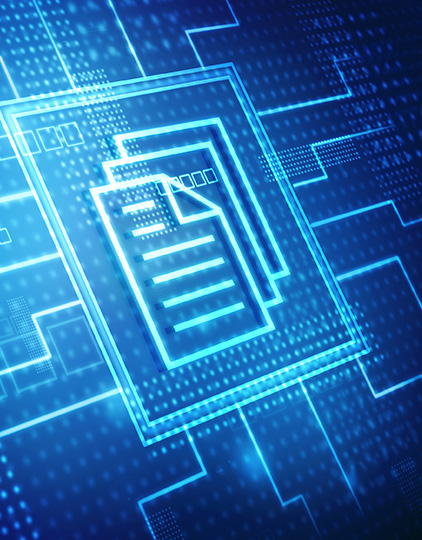Technical Abstract
Building and Understanding Deep Neural Networks Components for Seismic Processing: Lessons Learned
Back to Technical ContentLearning how to best mimic seismic processing algorithms or workflows with deep learning (DL) has become a very active field of research. However, seismic processing own particularities may necessitate adaptations of current DL methods. In this paper, we explain and illustrate how the different DL components can affect the outcome of a given seismic processing task. Among others, we show that the Unet neural network architecture ( Ronneberger et al., 2015 ) is naturally suited to learn how to “separate” the events into kinematics and their amplitudes, and how to use both information efficiently to perform the common image gathers preconditioning, skeletonization (or picks probability computation) and muting task. We also show how the convolution kernel shapes, the number of layers, the training cost function and the batch size can be adapted to specific data and seismic processing tasks.
Download Resource 
Publications
EAGE - European Association of Geoscientists and EngineersAuthors
Mathieu Chambefort, Jeremie Messud